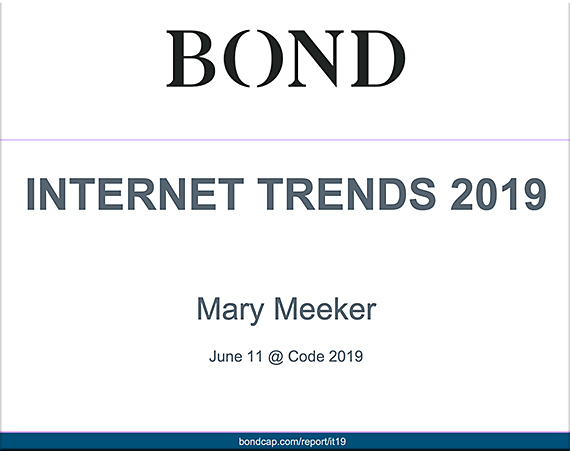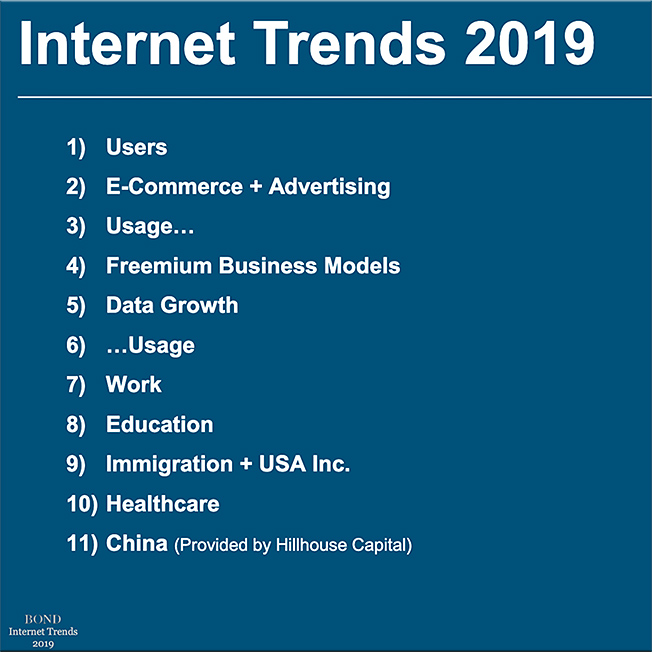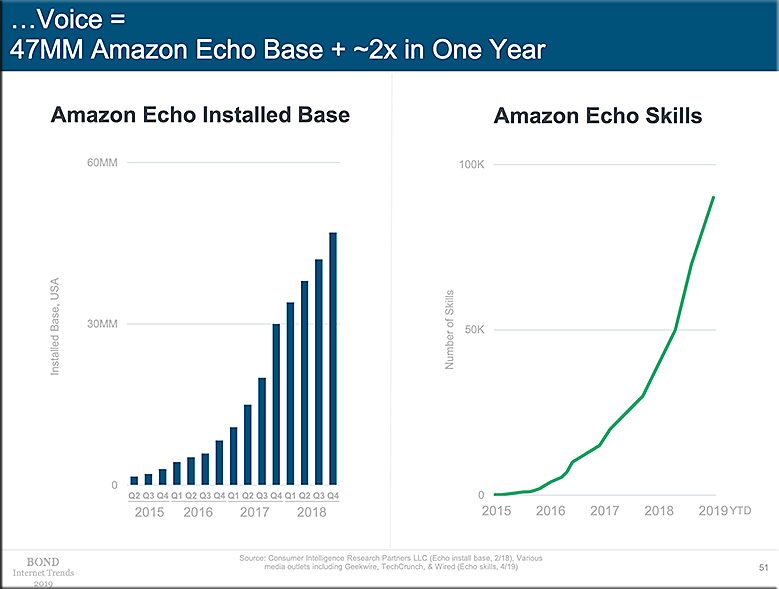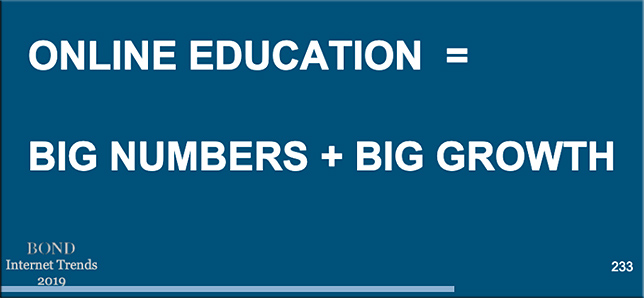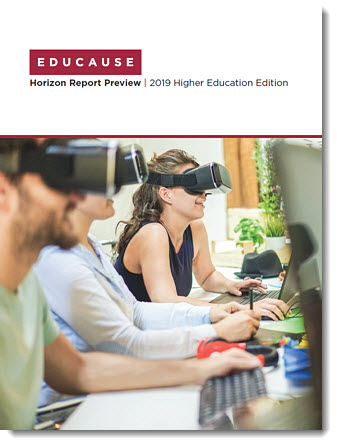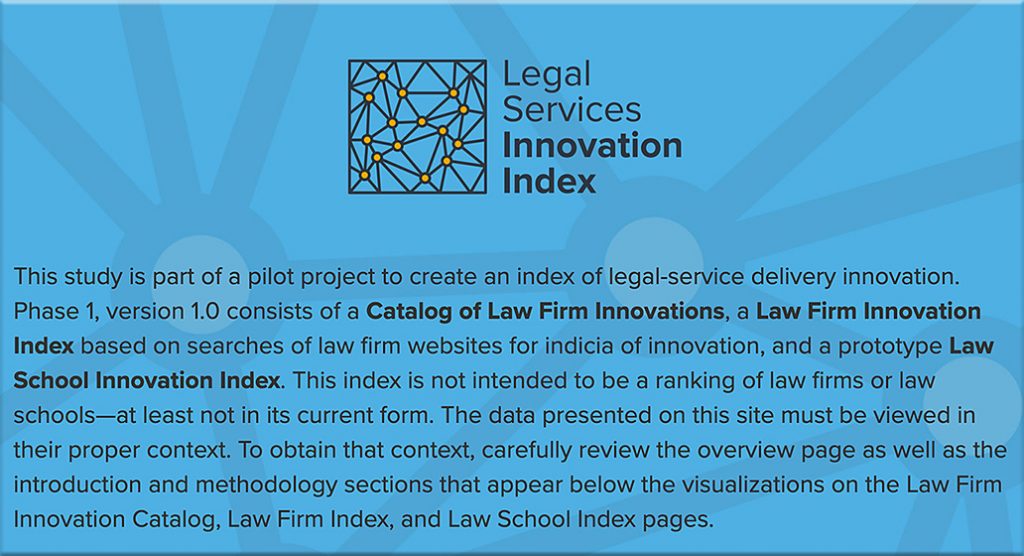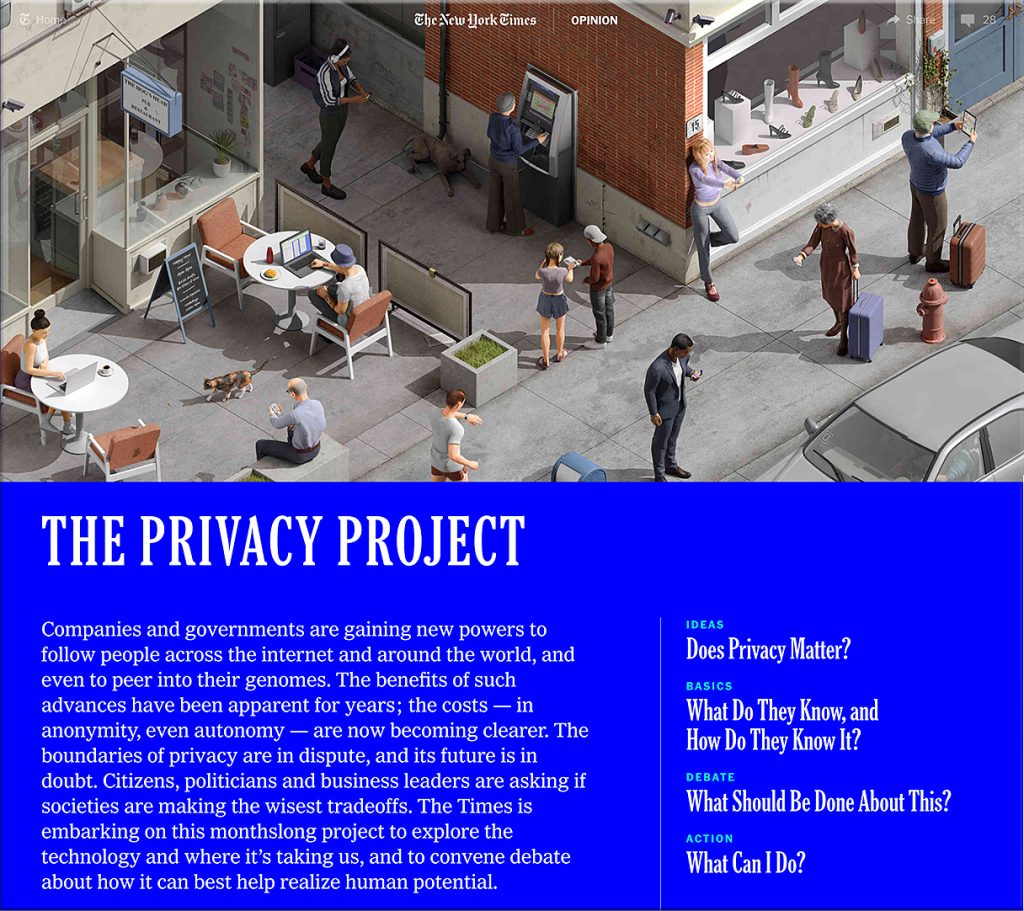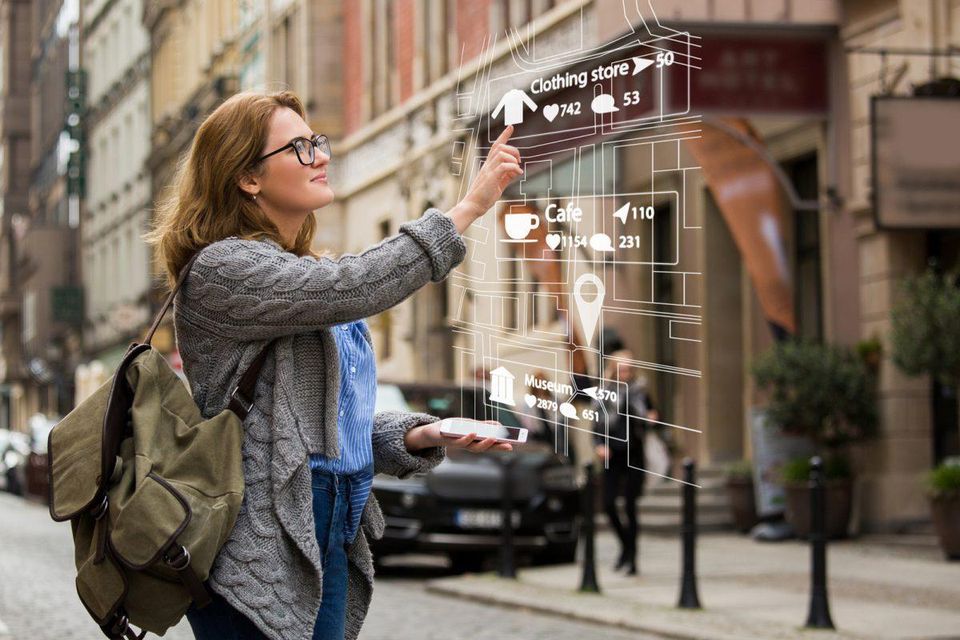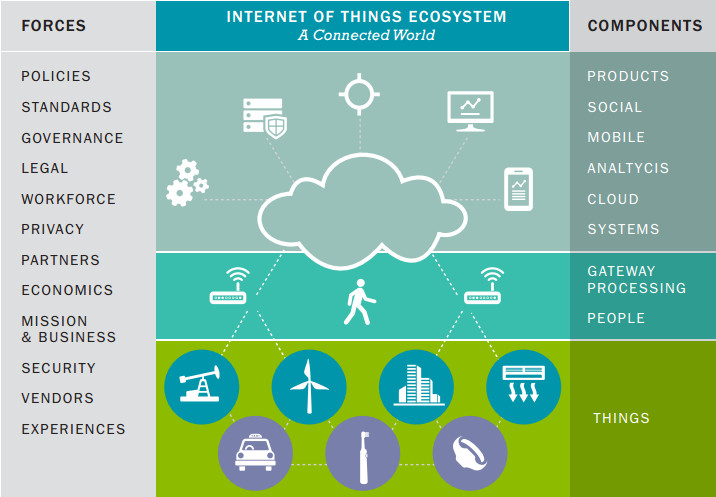AI’s white guy problem isn’t going away — from technologyreview.com by Karen Hao
A new report says current initiatives to fix the field’s diversity crisis are too narrow and shallow to be effective.
Excerpt:
The numbers tell the tale of the AI industry’s dire lack of diversity. Women account for only 18% of authors at leading AI conferences, 20% of AI professorships, and 15% and 10% of research staff at Facebook and Google, respectively. Racial diversity is even worse: black workers represent only 2.5% of Google’s entire workforce and 4% of Facebook’s and Microsoft’s. No data is available for transgender people and other gender minorities—but it’s unlikely the trend is being bucked there either.
This is deeply troubling when the influence of the industry has dramatically grown to affect everything from hiring and housing to criminal justice and the military. Along the way, the technology has automated the biases of its creators to alarming effect: devaluing women’s résumés, perpetuating employment and housing discrimination, and enshrining racist policing practices and prison convictions.
Along these lines, also see:
‘Disastrous’ lack of diversity in AI industry perpetuates bias, study finds — from by theguardian.com by Kari Paul
Report says an overwhelmingly white and male field has reached ‘a moment of reckoning’ over discriminatory systems
Excerpt:
Lack of diversity in the artificial intelligence field has reached “a moment of reckoning”, according to new findings published by a New York University research center. A “diversity disaster” has contributed to flawed systems that perpetuate gender and racial biases found the survey, published by the AI Now Institute, of more than 150 studies and reports.
The AI field, which is overwhelmingly white and male, is at risk of replicating or perpetuating historical biases and power imbalances, the report said. Examples cited include image recognition services making offensive classifications of minorities, chatbots adopting hate speech, and Amazon technology failing to recognize users with darker skin colors. The biases of systems built by the AI industry can be largely attributed to the lack of diversity within the field itself, the report said.









